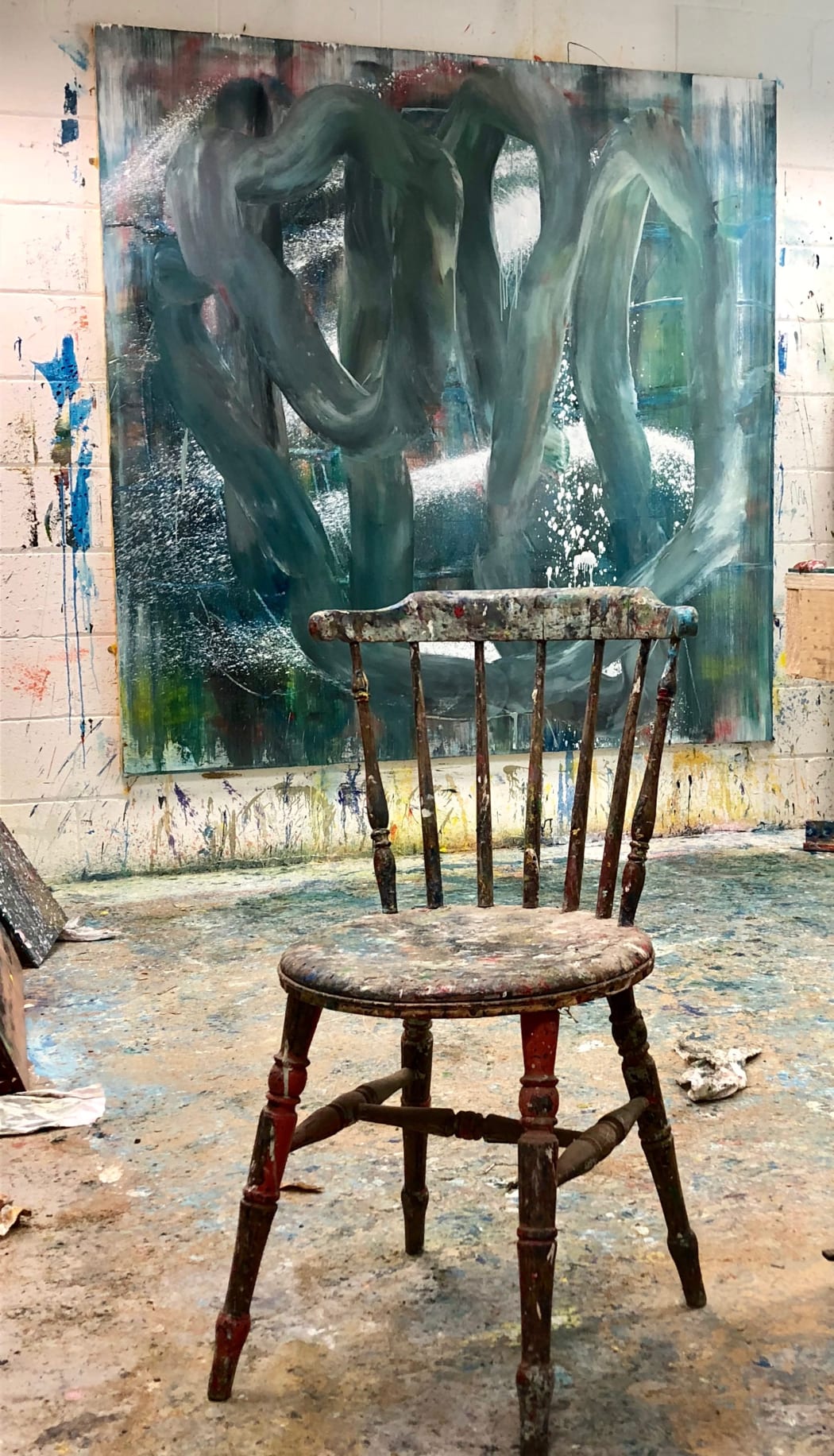
A painting is a complex object and you need to use the very best materials in every step of a paintings creation in order to achieve a museum quality finish, this all begins with the stretcher and ground.
I did use tulip wood stretchers and cotton duck canvas for a long time because of the high-quality the materials possess, but they have limitations which became apparent when using them for large scale painting substrates.
As my painting style has evolved, more is required of the stretchers and grounds for the larger paintings; consequently, I moved away from using tulip wood stretchers and primed cotton duck canvas to aluminium stretchers and primed polyester.
BENEFITS
Polyester provides a smooth surface to work on, free from weaving defects that you find in canvas and linen. Polyester is strong and durable, unaffected by humidity and is resistant to stretching, shrinking, wrinkling, abrasion, mildew and most chemicals. These characteristics create an extremely robust painting ground.
Polyester has been used in painting conservation for many years to reline old paintings, the material is used due to its unique archival qualities. Old paintings often used linen or canvas, the relining process stabilises the old ground and ensures the longevity of the artwork.
It was after seeing this process that led me to start using primed polyester, consequently leading me to use the material as my primary ground.
The aluminium stretchers provide a strong, rigid and light-weight frame in which to stretch the polyester; the frame will not alter or warp over time due to the forces of the stretched material. Aluminium stretchers are not affected by temperate changes or high humidity.
RESULT
The combination of the precision and strength of the aluminium stretchers and the primed polyester creates a museum quality painting substrate with exceptional archival properties.
